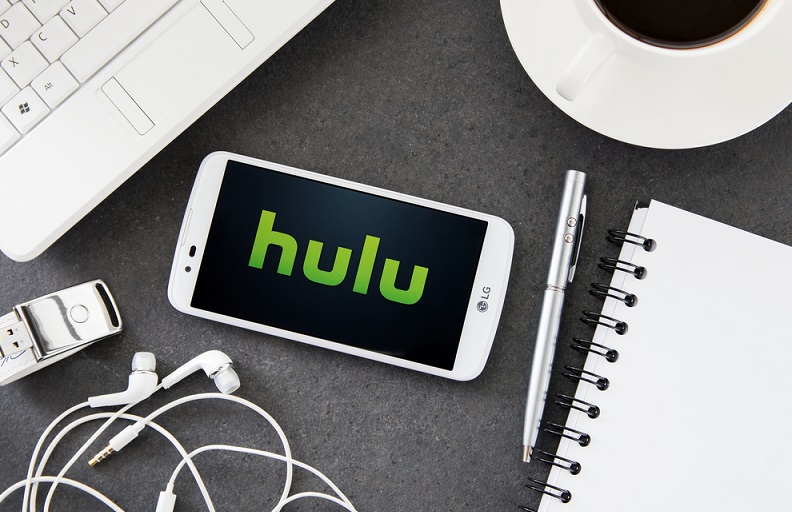2017 was the year that live TV streaming services came out of the nerd corner and truly became mainstream. AT&T’s DirecTV Now, Hulu’s Live TV, and YouTube TV all launched or grew exponentially in the last 12 months, and according to a new report from CNBC, the subscriber numbers have stopped being a rounding error and have started to mean something.
But at the same time, there’s no indication that all those subscribers are actually making companies money. Nationwide competition for subscribers, transparent pricing on bundles, and the fierce deals being offered to subscribers in order to get them to sign up mean that margins are being squeezed. Sources familiar with industry pricing have told BGR that most providers are breaking even or suffering a small loss, and Christmas promotions put some streaming services “completely underwater.”
First, let’s look at the good news: subscribers are signing up for streaming services in record numbers, and they’re staying once they join. We already found out last year that DirecTV Now has over a million subscribers, but now CNBC suggests that YouTube TV and Hulu Live TV are a success as well. Hulu reportedly has 450,000 paying subscribers for its service, while YouTube (which has been rolling out on a more regional basis) is at 300,000.
Pricing for Hulu, YouTube TV and DirecTV Now is remarkably similar. Hulu and DirecTV Now both start at $35 per month, which gets you a mix of news, entertainment and sports channels. Premium add-ons like HBO or Showtime are available for $10-15 more per month.
At that price point, one source told BGR, the streaming services are falling a few dollars per month short of covering the cost of programming. Networks have been slowly increasing the cost of programming for the last few years, especially for must-have channels like sports, but thanks to the competition in the streaming TV market, the streaming services haven’t been able to pass the cost on to consumers. Instead, margins have been nibbled away, leaving an expensive-to-run service that barely breaks even.
When promotional activity, like 3-month free trials or free streaming devices are including, any profits vanish completely. In some cases, that might be a tactical decision — AT&T gives away DirecTV Now for $10 a month to its wireless customers, taking a loss on the TV package in order to retain valuable postpaid cellular accounts — but the overall picture for streaming TV companies is a little bleak.
While over-the-top streaming services certainly appear to be the future, the industry may not survive in its current form, where middle-men streaming services exist as a middle step between the content owners and customers. If the profits for distributors vanish, there’s a good chance that content owners will simply take up distribution themselves. That’s already happening:










